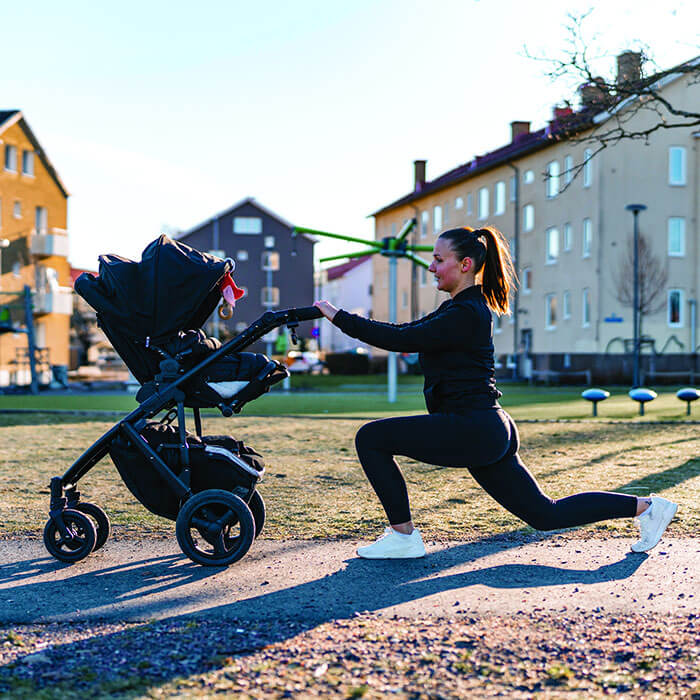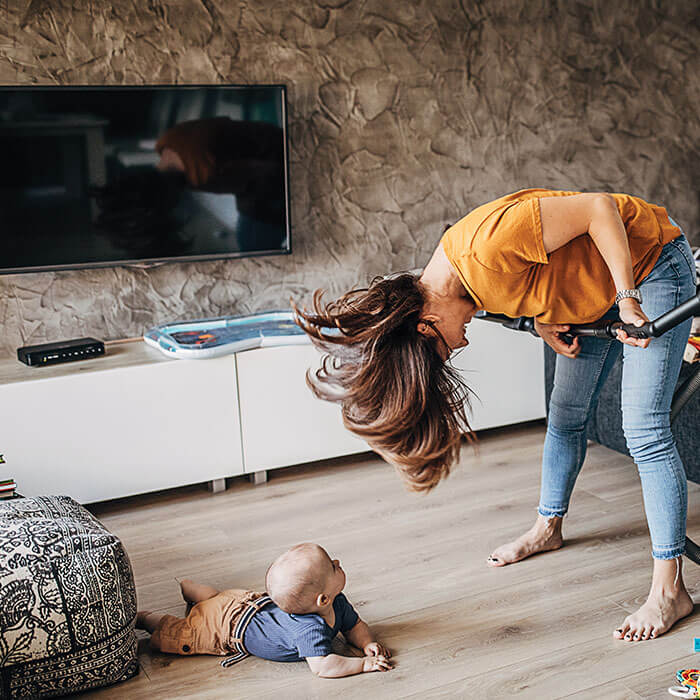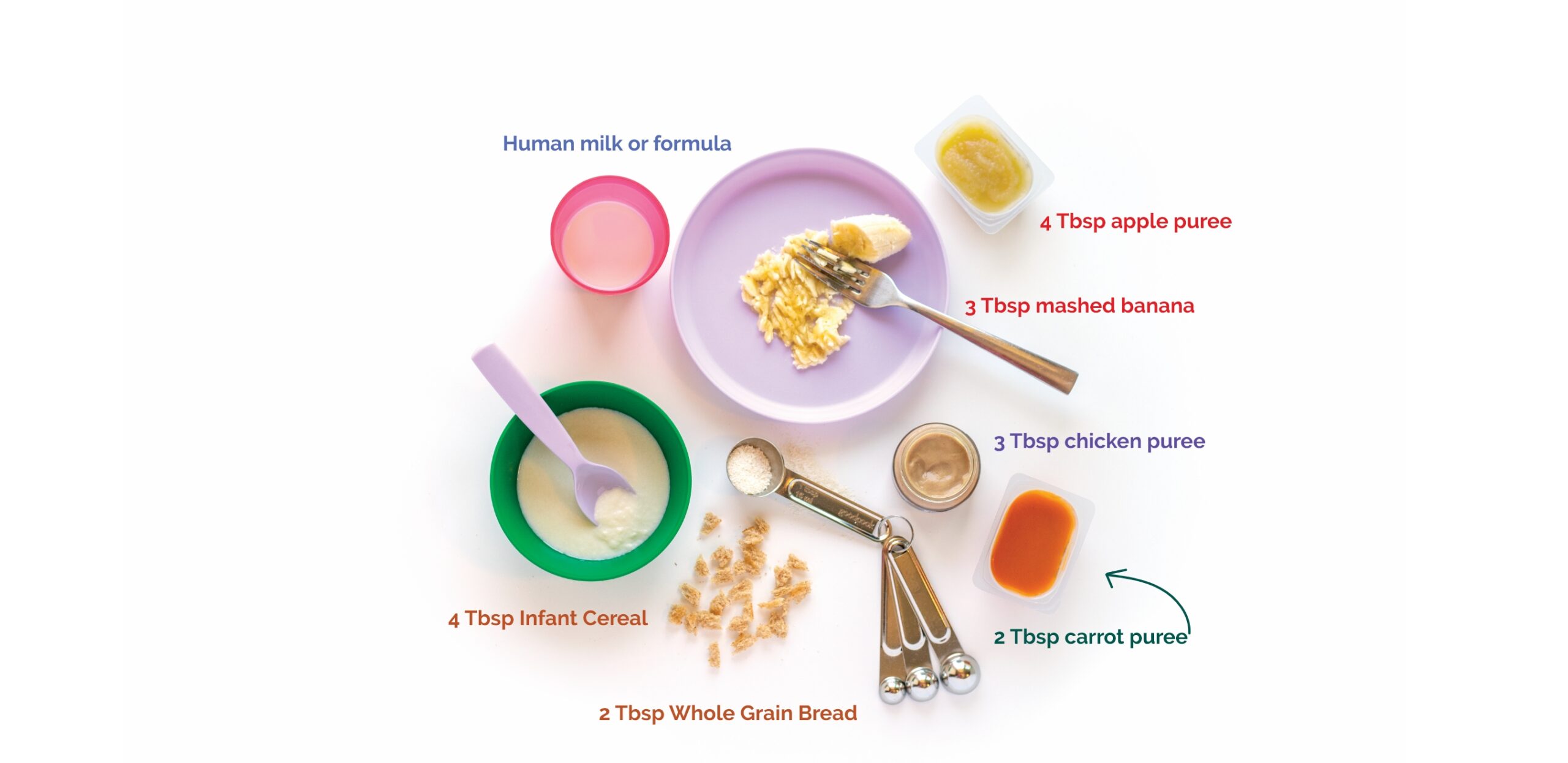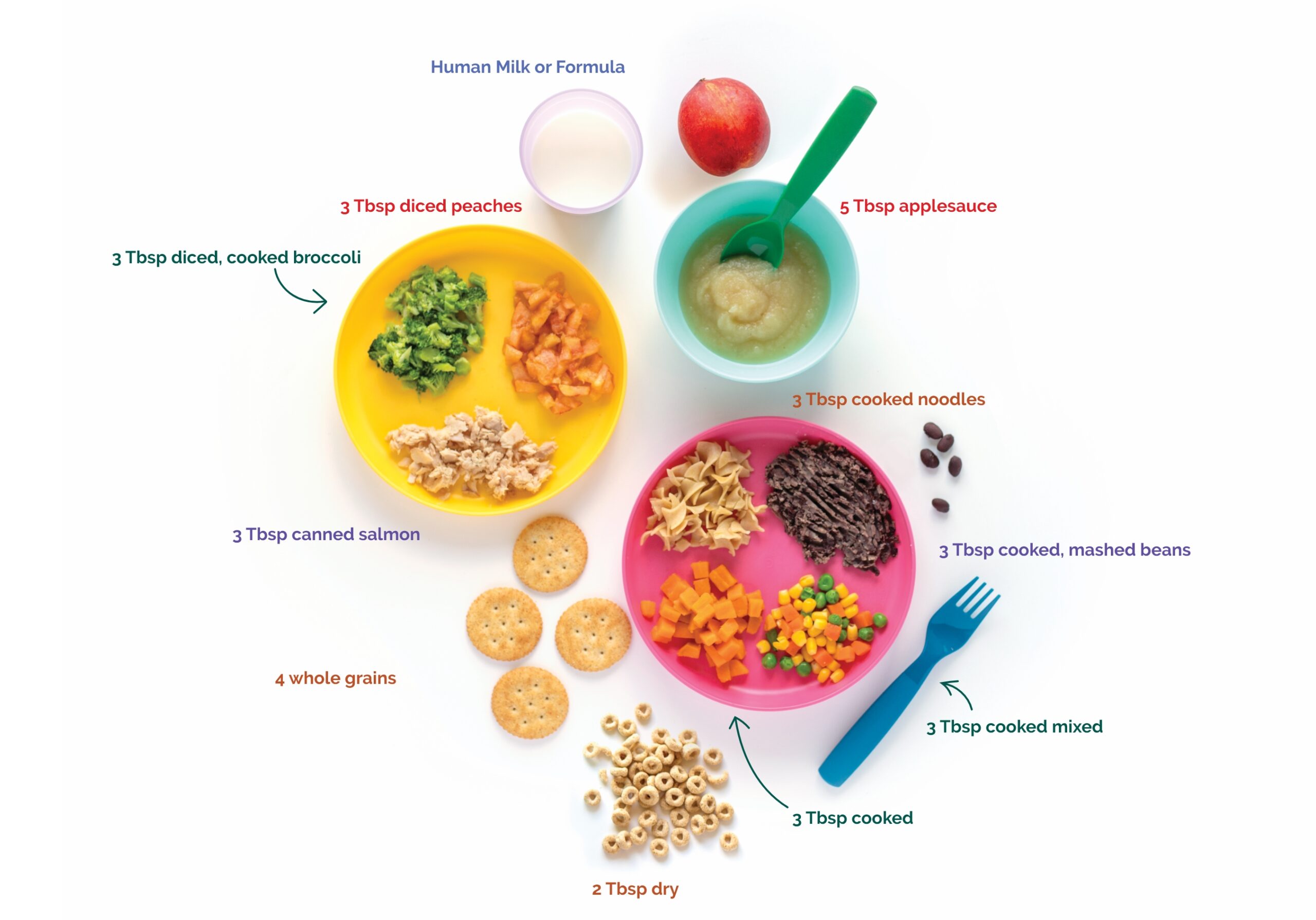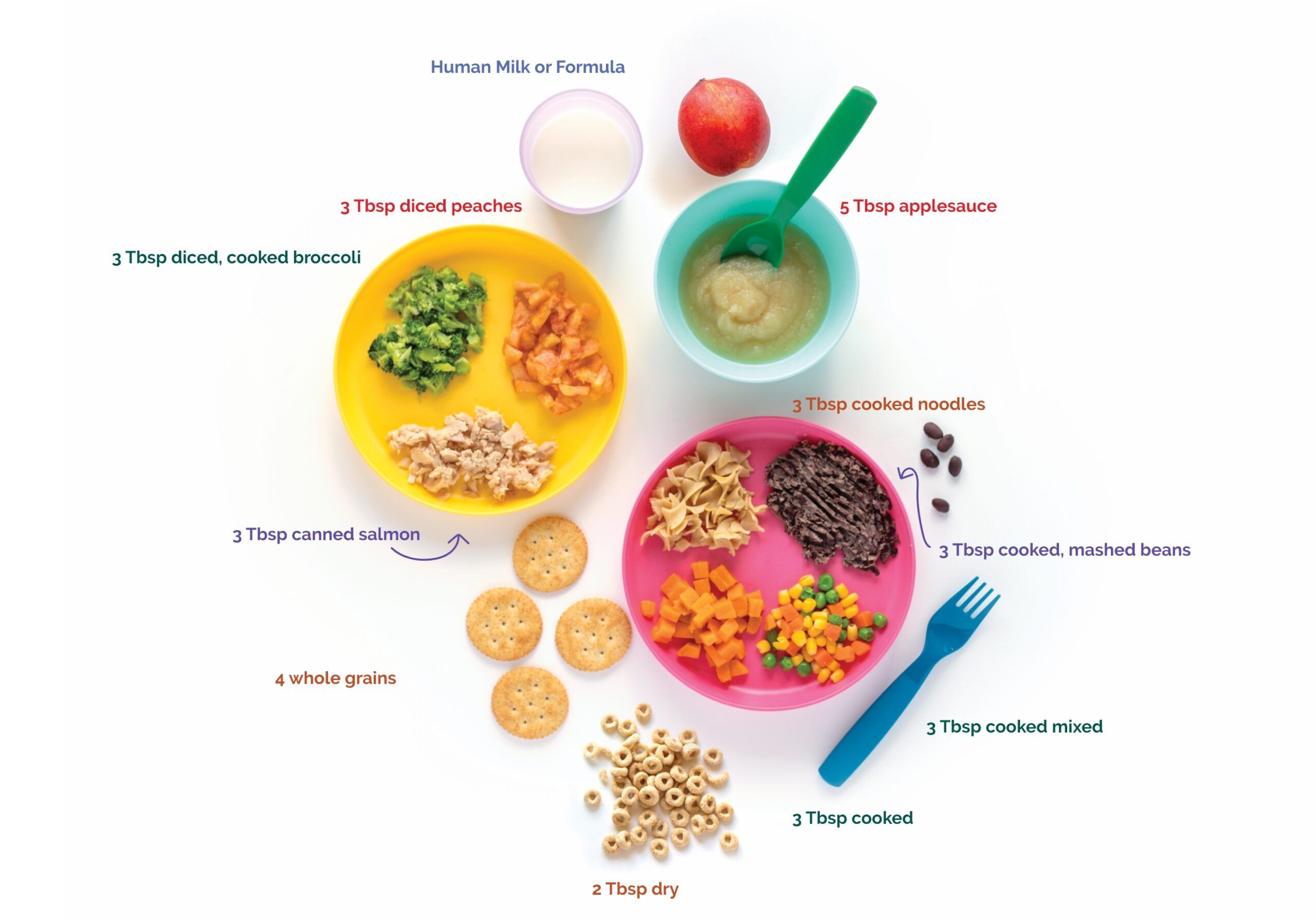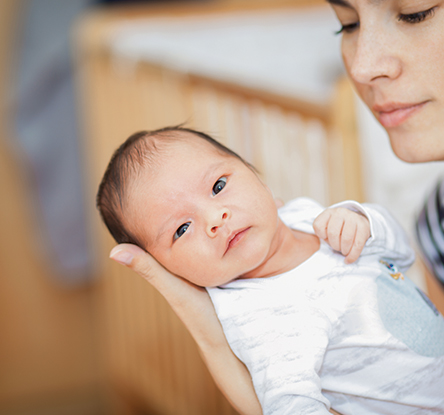Power Stroller
Using your baby’s stroller can be a great way to get back in shape. Walking is the perfect exercise for new moms — you can do it anywhere and it’s free. Start with gentle 15-minute walks and build up to 30-60 minutes. Boost your workout by stopping every 10 minutes to do squats, push-ups and lunges with the stroller. This will strengthen your core, arms and legs. Too hot, cold or rainy to walk? Take your stroller workout to the mall or warehouse store.

